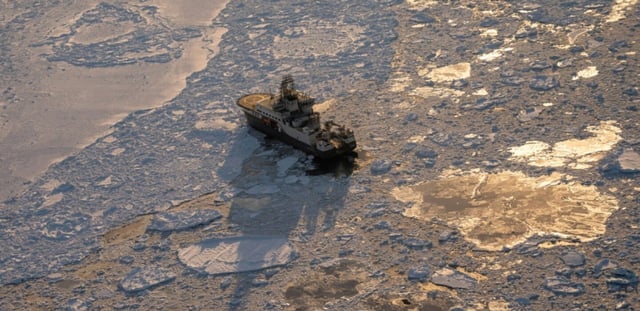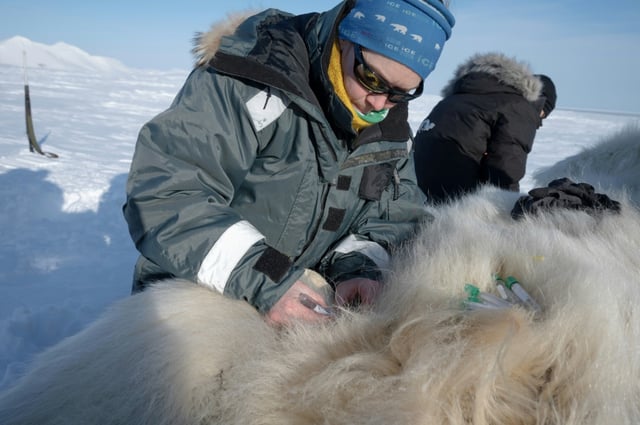Overview
- In April, Norwegian Polar Institute researchers aboard the Kronprins Haakon fitted bears with GPS collars, implanted heart-rate sensors and collected fat-tissue biopsies to track physiology and exposure to forever chemicals.
- Initial results indicate the roughly 300 bears in Svalbard are in robust body condition, reproducing successfully and meeting energy needs despite a shrinking hunting season.
- Analysis of fat-tissue samples shows concentrations of regulated legacy pollutants falling even as the diversity of PFAS and other emerging chemicals increases.
- Rapid sea ice retreat has shortened seal-hunting periods, prompting bears to supplement their diets with terrestrial prey such as reindeer and seabird eggs.
- Scientists warn that continued ice loss and growing contaminant complexity could eventually exceed polar bears’ adaptive capacity and undermine their long-term resilience.



